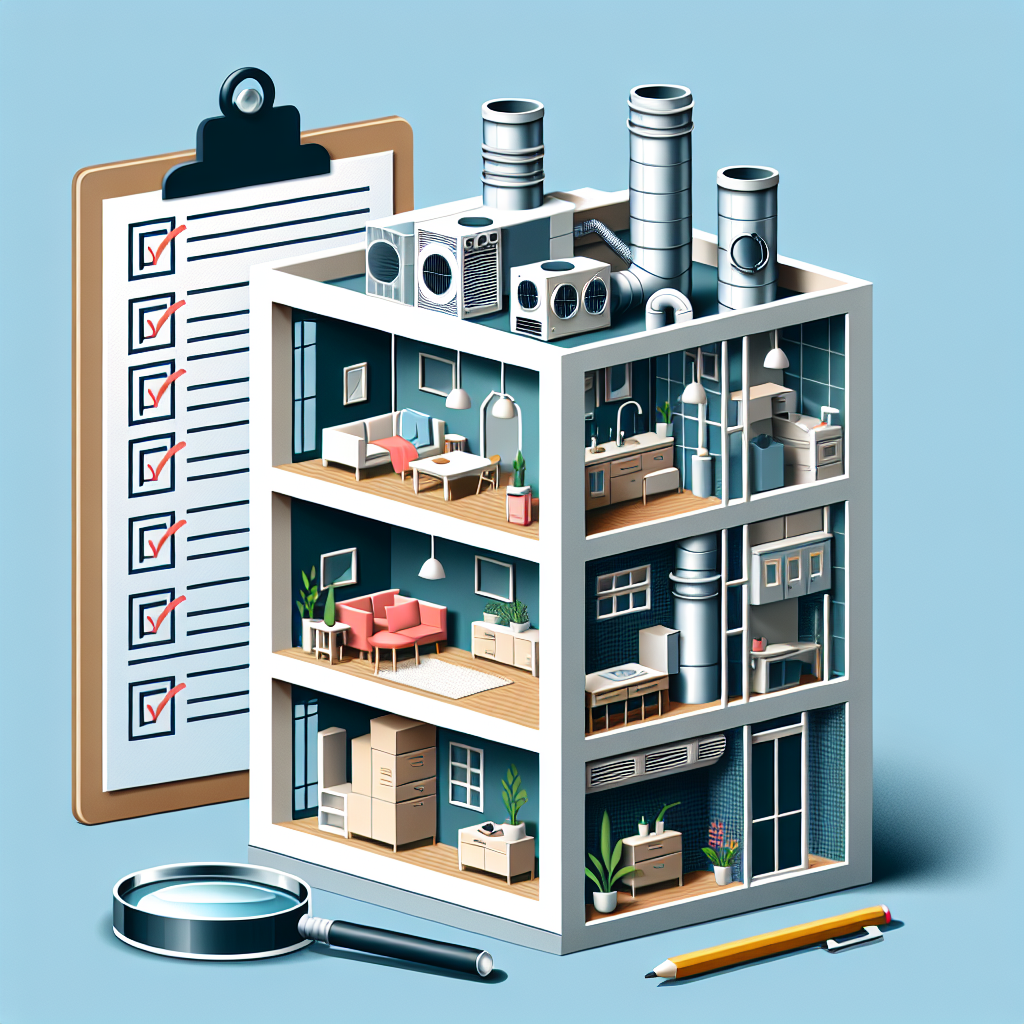Your cart is currently empty!
Understanding the Role of Ventilation in Building Codes and Regulations

Ventilation is a crucial aspect of building design that is often overlooked. However, it plays a vital role in maintaining indoor air quality, preventing the buildup of harmful pollutants, and ensuring the health and well-being of building occupants. Building codes and regulations set standards for ventilation in buildings to ensure that these goals are met.
The role of ventilation in building codes and regulations is to provide guidelines for the design and maintenance of ventilation systems in buildings. These guidelines specify the minimum requirements for ventilation rates, air exchange rates, and the use of ventilation systems in different types of buildings, such as residential, commercial, and industrial.
Ventilation codes and regulations also address issues such as the prevention of indoor air pollution, the control of humidity levels, and the provision of adequate fresh air to occupants. By following these guidelines, building owners and managers can ensure that their buildings are safe, healthy, and comfortable for occupants.
One of the key aspects of ventilation codes and regulations is the requirement for mechanical ventilation systems in buildings. These systems are designed to provide a constant supply of fresh air to indoor spaces, remove stale air, and control indoor humidity levels. They can also help to remove pollutants such as carbon dioxide, volatile organic compounds, and particulate matter from indoor air.
In addition to mechanical ventilation systems, building codes and regulations may also require the use of natural ventilation strategies, such as operable windows, louvers, and vents. These strategies can help to reduce energy consumption, improve indoor air quality, and provide occupants with a connection to the outdoors.
Building codes and regulations also address the maintenance and inspection of ventilation systems to ensure that they are functioning properly and meeting the requirements for indoor air quality. Regular maintenance and inspection of ventilation systems can help to prevent problems such as mold growth, indoor air pollution, and poor indoor air quality.
In conclusion, ventilation plays a critical role in building design and construction. Building codes and regulations set standards for ventilation in buildings to ensure that indoor air quality is maintained, and building occupants are safe and healthy. By following these guidelines, building owners and managers can create a comfortable and healthy indoor environment for occupants.

Leave a Reply